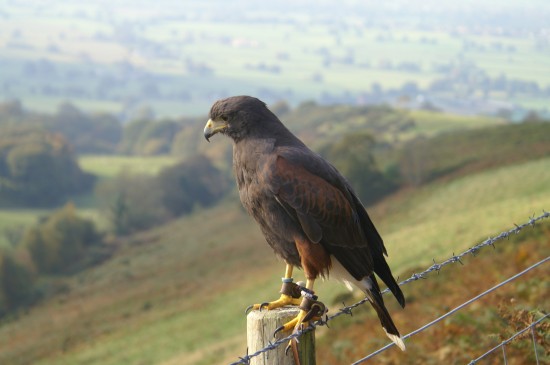There are a multitude of protected species in the UK, including great crested newts, pool frogs, badgers, bats, water voles, otters and dormice as well as several species of reptiles, birds & plants, which can be very important when planning the development of a plot of land.
Since many of these species have suffered diminishing numbers due to a loss of habitat, legislation has been brought into place to protect these species. Alongside this, there is increased pressure for developers during the planning process to acquire detailed ecological surveys of potential sites at an early stage, with ongoing monitoring during the construction work.
It should also be remembered that environmental surveys are the responsibility of the developer. It comes down to the developer to ensure no protected species are disturbed, even if the Local Planning Authority have omitted the need for an ecological survey. Proceeding without a relevant mitigation license can be problematic since if any protected species are found during the construction, all work must be halted until mitigation licenses have been obtained, which is likely to take several months.
In most cases, work can proceed so long as mitigation plans are put into place. Depending on the species, the time this takes can vary, though in most cases it’s possible to get this pushed through within 6 months. Assuming a protected species is discovered, the next step is to prepare a European Protected Species License, which must be performed by a licensed ecological consultant. This will include a ‘method statement’ detailing mitigation and enhancement methods to avoid disruption to the protected species and maintain the habitat.
Reasons for the development may be required and work will then need to be scheduled for the time of year which will cause the least amount of disturbance to the affected species. The time of year can also be important when conducting the survey, as ideally it needs to be performed in the seasons when the species would be most active, and it should be noted that insufficient data, a lack of mitigation or enhancement may result in a rejection of EPS license applications. This is another reason why ecological surveys are best performed very early in the development process.
So, if you’re planning some development work, it might just be worth considering an ecological survey before you start. If not, you may face complications down the line.

 How Old Should Puppies Be Before They Leave Their Mother ?
How Old Should Puppies Be Before They Leave Their Mother ?
 Why Do Some Pedigree Dog Owners Sell Non-kc Registered Puppies?
Why Do Some Pedigree Dog Owners Sell Non-kc Registered Puppies?
 Is Self-insurance A Viable Alternative For Pet Owners?
Is Self-insurance A Viable Alternative For Pet Owners?
 More Information On The Attractive And Unusual Serengeti Cat
More Information On The Attractive And Unusual Serengeti Cat
 How To Keep On Top Of A Cats Shedding
How To Keep On Top Of A Cats Shedding
 Why Do Chickens Moult ?
Why Do Chickens Moult ?
 10 Of The Most Interesting And Useful Ferret Facts
10 Of The Most In
10 Of The Most Interesting And Useful Ferret Facts
10 Of The Most In
 Ten Tips For Keeping Your Rabbit Happy And Healthy For Life
Ten Tips For Keep
Ten Tips For Keeping Your Rabbit Happy And Healthy For Life
Ten Tips For Keep
 Worming Chickens - Worms And How They Affect Your Chickens Health
Worming Chickens
Worming Chickens - Worms And How They Affect Your Chickens Health
Worming Chickens
 Guide To Beginning Falconry
Guide To Beginnin
Guide To Beginning Falconry
Guide To Beginnin
 Common Health Issues In Tortoises
Common Health Iss
Common Health Issues In Tortoises
Common Health Iss